Financing Baltimore’s Growth: Strengthening Lending to Small Businesses
In 2017, the Johns Hopkins University 21st Century Cities Initiative published a report on the capacity of the financing system to support small businesses and startups in Baltimore City. The report covered both venture capital and loan capital flowing to small firms located in Baltimore, documenting $500-600 million in annual investments. Loans from banks are the largest source of financing for Baltimore’s small businesses, responsible for about half of total investments per year.
As a follow-up to the 2017 report, this paper takes a deeper look into the dynamics of bank lending to small businesses in Baltimore City. Our analysis covers the most recent available 10 years of loan and deposit data that banks are required to report to federal regulators (2007-2016).
Key findings from our analysis are highlighted below.
- Bank loan transactions and dollar amounts in Baltimore were significantly lower in 2016 than 2007. Total small business lending fell from 17,084 loans totaling $457 million in 2007 to 8,274 loans totaling $307 million in 2016.
- Bank deposits in Baltimore nearly doubled from 2007 to 2016, reaching $26.5 billion, while the ratio of small business lending to deposits plummeted. If banks that take deposits in the city had maintained the same ratio of small business loans to deposits in 2016 as in 2007, an additional $400 million of loans would have been made in 2016.
- The average loan size from all depository banks operating in Baltimore shrank dramatically. The average loan amount to small businesses in Baltimore declined from $191,819 per loan from all depository banks in 2007 to $70,877 by 2016.
- Larger loans are hard to come by. As more banks gravitated to making smaller credit card and line of credit loans to businesses, a handful of banks from within and outside Baltimore consistently offered loans of $200,000 and above, providing meaningful capital for business growth.
- Outside lenders grew their market share to 15 percent of small business loan capital in Baltimore City in 2016. These banks provided nearly four times the number of loans and total dollar amount they provided in 2010.
- Small Business Administration guaranteed loans were under-leveraged in Baltimore. With the exception of one bank, there is very little SBA lending to Baltimore City businesses. Compared to other similarly sized cities, Baltimore had among the lowest levels of SBA loans.
- As a “branch town” Baltimore lacks the scale of investment provided by our large banks in their headquarters cities. A comparison of lending levels in the headquarters city of our largest depository banks shows significantly higher lending activity than in Baltimore.
- Community Reinvestment Act evaluations shed little insight into small business lending activity in Baltimore. CRA guidelines, with regard to geographic assessment areas and lending criteria, do not capture the decline in small business lending nor recognize the banks that are serving Baltimore City’s need for these loans.
Based on our analysis, we make the following recommendations to increase bank lending to small businesses in Baltimore City.
- Encourage our largest banks to do more. Given the growing deposit base in Baltimore, there is room for more small business lending. In addition to more direct lending, large banks could develop more capacity to make loans guaranteed by the U.S. Small Business Administration.
- Develop small business lending capacity at community development financial institutions. Large banks can help capitalize these institutions that provide financial services to underserved communities. CDFI loan funds can deliver credit on affordable terms to small businesses to help them grow into the banking system.
- Help new and higher-risk borrowers. Public resources, such as state and city loan programs, should be used to provide loan loss reserves or guarantees for private bank loans to new and/or higher-risk borrowers.
- Welcome new entrants to small business lending in Baltimore. Banks from outside of Baltimore and Maryland, and other types of lenders, have identified market opportunities in Baltimore’s small businesses and startups. We encourage a specific effort focused on bringing more of these lenders into Baltimore.
- Use Baltimore as an example for Community Reinvestment Act modernization. Reports like this one, which rely on CRA data focused on a specific market, could be used as a case study for regulators and stakeholders working on modernizing this 40-year-old legislation. Baltimore is an example of how CRA’s geographic assessment areas and scoring need improvement to better measure community reinvestment.
Updates
- Small business lending in Baltimore plunged over a decade, by Lorraine Mirabella, Baltimore Sun
- Report blames Baltimore’s biggest banks for decline in small business loans, by Holden Wilen, Baltimore Business Journal
- Report: Small business lending in Baltimore down, by Tim Curtis, published in The Daily Record






